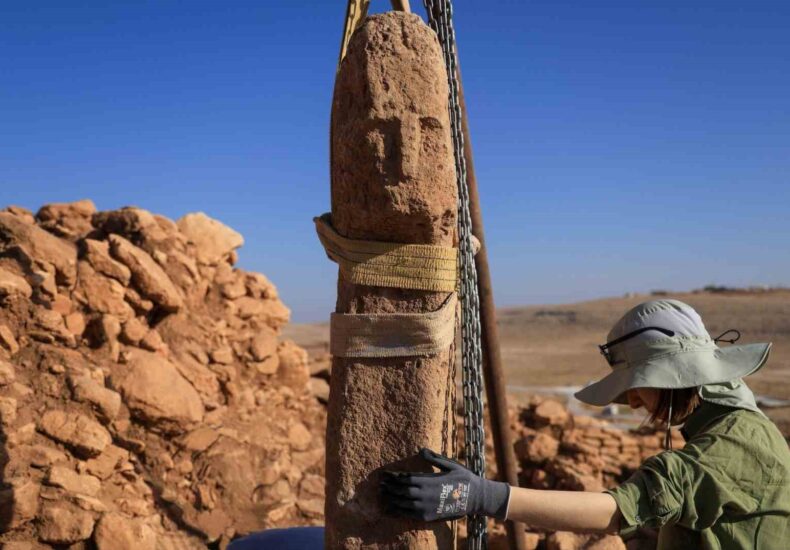
A Historic First at Karahantepe: Human-Faced T-Shaped Pillar Unearthed in Türkiye
Archaeologists have uncovered a T-shaped pillar carved with a human face at the Neolithic site of Karahantepe in southeastern Türkiye — a discovery described as a first in human history.
The finding was announced by Minister of Culture and Tourism Mehmet Nuri Ersoy on his official X (Twitter) account, where he wrote:
“Karahantepe — A first in history! Within the scope of our Taş Tepeler Project, a T-shaped pillar with a human face has been unearthed for the first time.”
The discovery forms part of the Taş Tepeler (Stone Hills) Project, a long-term archaeological initiative led by the Turkish Ministry of Culture and Tourism, which explores the earliest stages of human settlement and symbolic expression in the Şanlıurfa region.
A Turning Point in Neolithic Symbolism
For decades, the T-shaped pillars of Göbeklitepe and Karahantepe have been interpreted as stylized human figures, primarily due to the carved arms and hands visible on many examples. Yet, this new pillar — the first to bear a carved human face — marks a major leap in understanding how early Neolithic societies perceived themselves.
📣 Our WhatsApp channel is now LIVE! Stay up-to-date with the latest news and updates, just click here to follow us on WhatsApp and never miss a thing!!
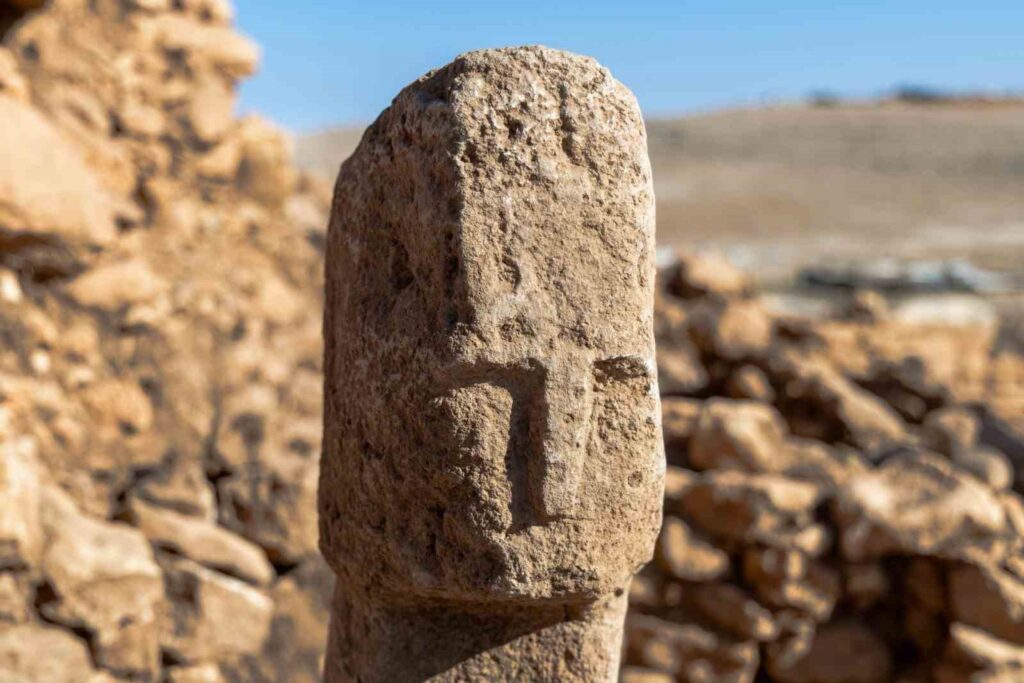
The pillar’s face, featuring deep-set eyes, a pronounced nose, and sharp contours, resembles other human sculptures from Karahantepe. Experts say the find reflects not only the craftsmanship of early Anatolian communities but also their emerging capacity for abstract and self-referential thought.
From Symbol to Identity
Until now, these T-shaped monoliths were thought to serve either as structural elements or abstract human representations. The new find, however, provides the first direct depiction of the human visage, offering a rare glimpse into the earliest stages of self-image in human history.
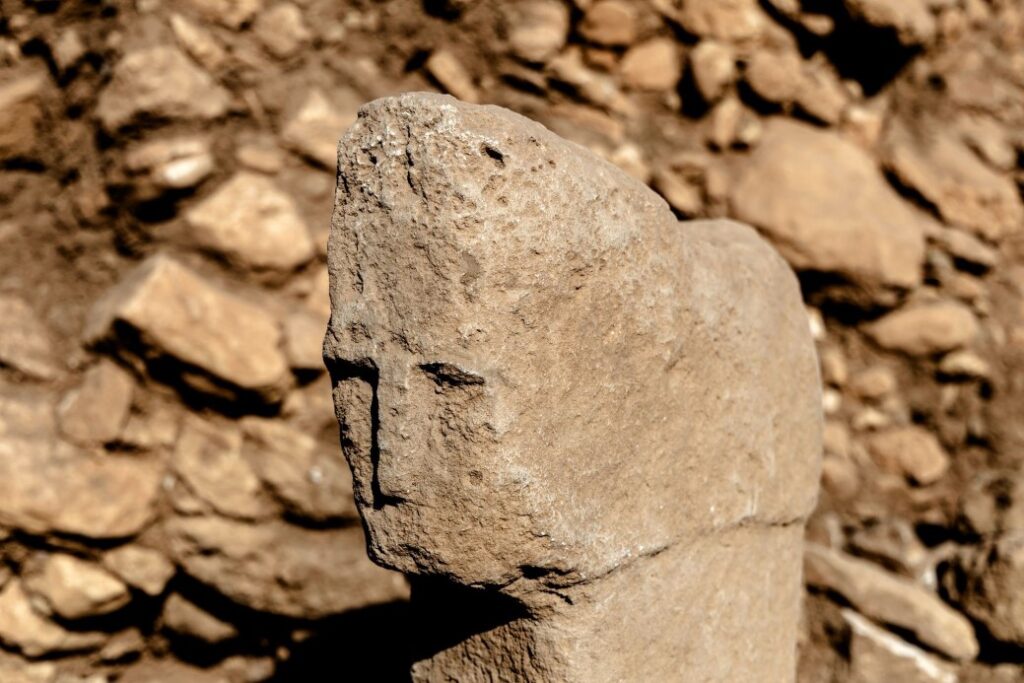
Karahantepe and the Taş Tepeler Network
Dating back approximately 12,000 years, Karahantepe is one of several interconnected sites in the Taş Tepeler region, which also includes Göbeklitepe, Sefertepe, Sayburç, Harbetsuvan Tepesi, and Çakmaktepe. These settlements continue to reshape our understanding of humanity’s transition from nomadic life to organized, temple-centered communities.
Together, they position Anatolia as one of the earliest centers of symbolic architecture and spiritual innovation.
You may also like
- A 1700-year-old statue of Pan unearthed during the excavations at Polyeuktos in İstanbul
- The granary was found in the ancient city of Sebaste, founded by the first Roman emperor Augustus
- Donalar Kale Kapı Rock Tomb or Donalar Rock Tomb
- Theater emerges as works continue in ancient city of Perinthos
- Urartian King Argishti’s bronze shield revealed the name of an unknown country
- The religious center of Lycia, the ancient city of Letoon
- Who were the Luwians?
- A new study brings a fresh perspective on the Anatolian origin of the Indo-European languages
- Perhaps the oldest thermal treatment center in the world, which has been in continuous use for 2000 years -Basilica Therma Roman Bath or King’s Daughter-
- The largest synagogue of the ancient world, located in the ancient city of Sardis, is being restored

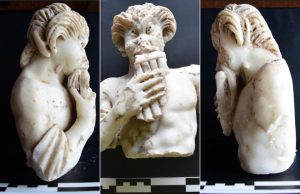
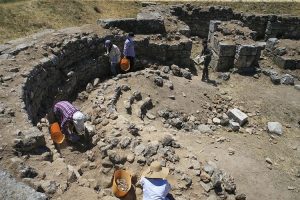
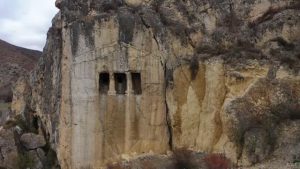
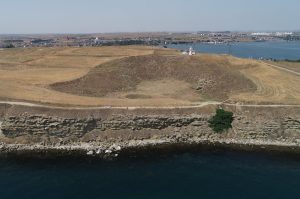




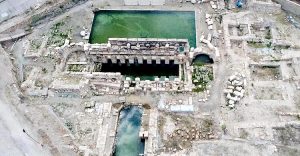
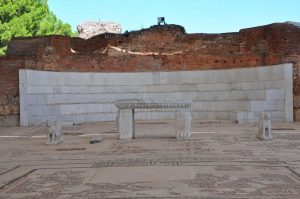
Leave a Reply